Binding Media. Hybrid Print-Digital Literature from across the Americas
Overview
Despite perennial forewarnings of the death of the book as a result of the newest digital device or service, it is increasingly evident that a bookless future is not on the horizon. On the contrary, both print and digital book innovations abound along a continuum of techno-cultural transformations. While intersections between print and digital are vast and plentiful, in Binding Media: Print and Digital Hybrid Literary Manifestations in the American Continent, I examine a phenomenon I term “binding media” — a literary practice where authors “fasten together” a codex and electronic or digital media for the creation of a single work, and the resulting hybrid print-digital object. My theorizations stem from a corpus I have identified of over 100 examples spanning the last four decades and including authors from Spanish and Portuguese speaking Latin America, and from English speaking North America. Among the collected works are Amaranth Borsuk and Brad Bouse’s Between Page and Screen (2012), Luis Correa-Díaz’s Clickable Poem@s (2016), and Giselle Beiguelman’s O Livro depois do Livro (2003).
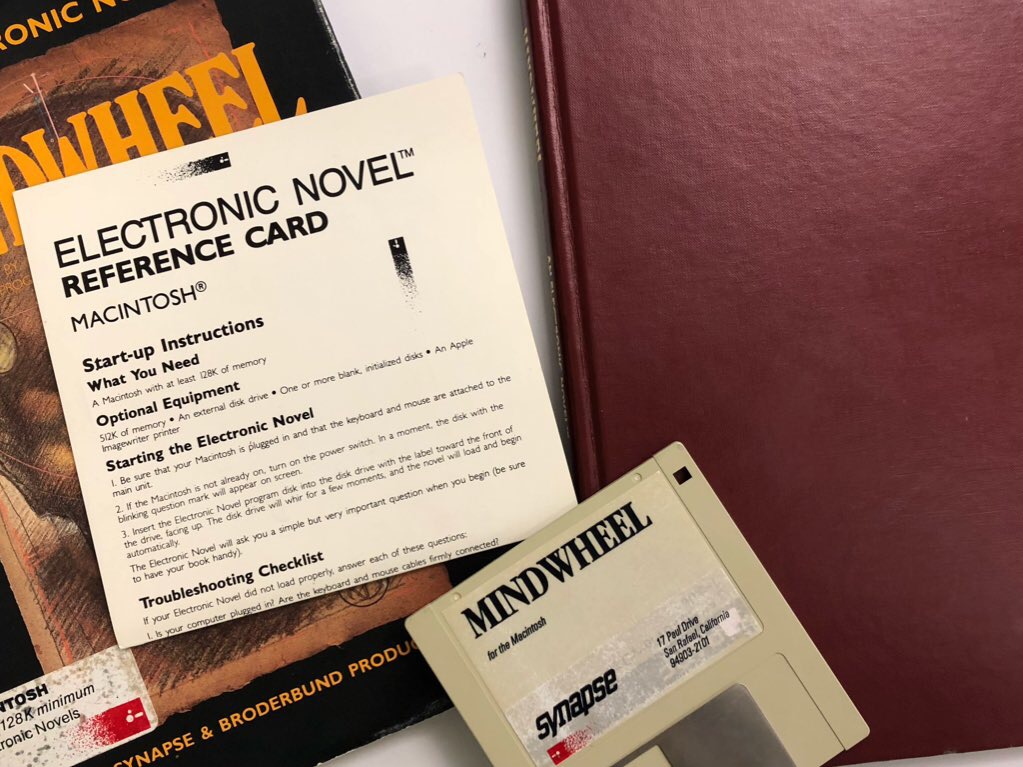
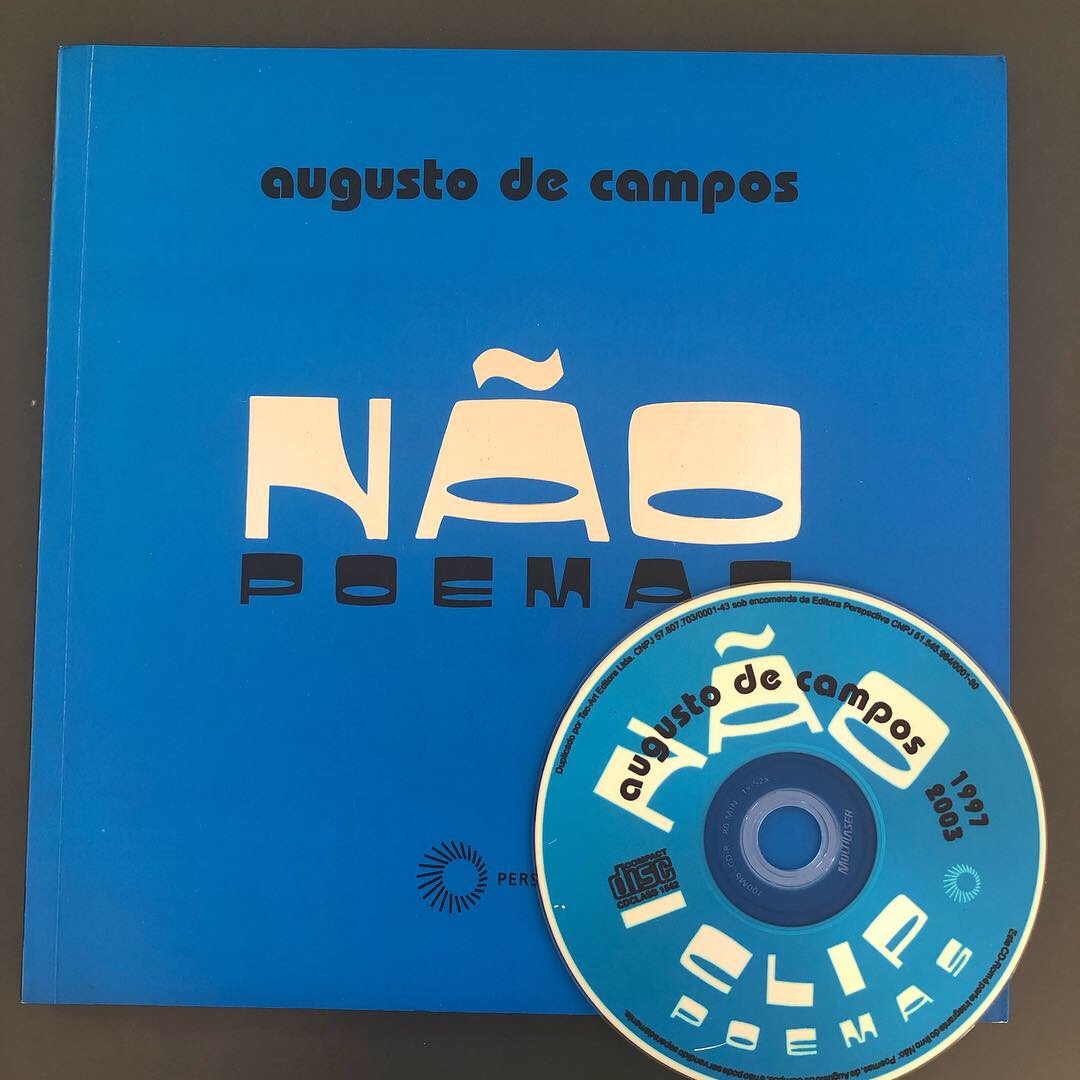
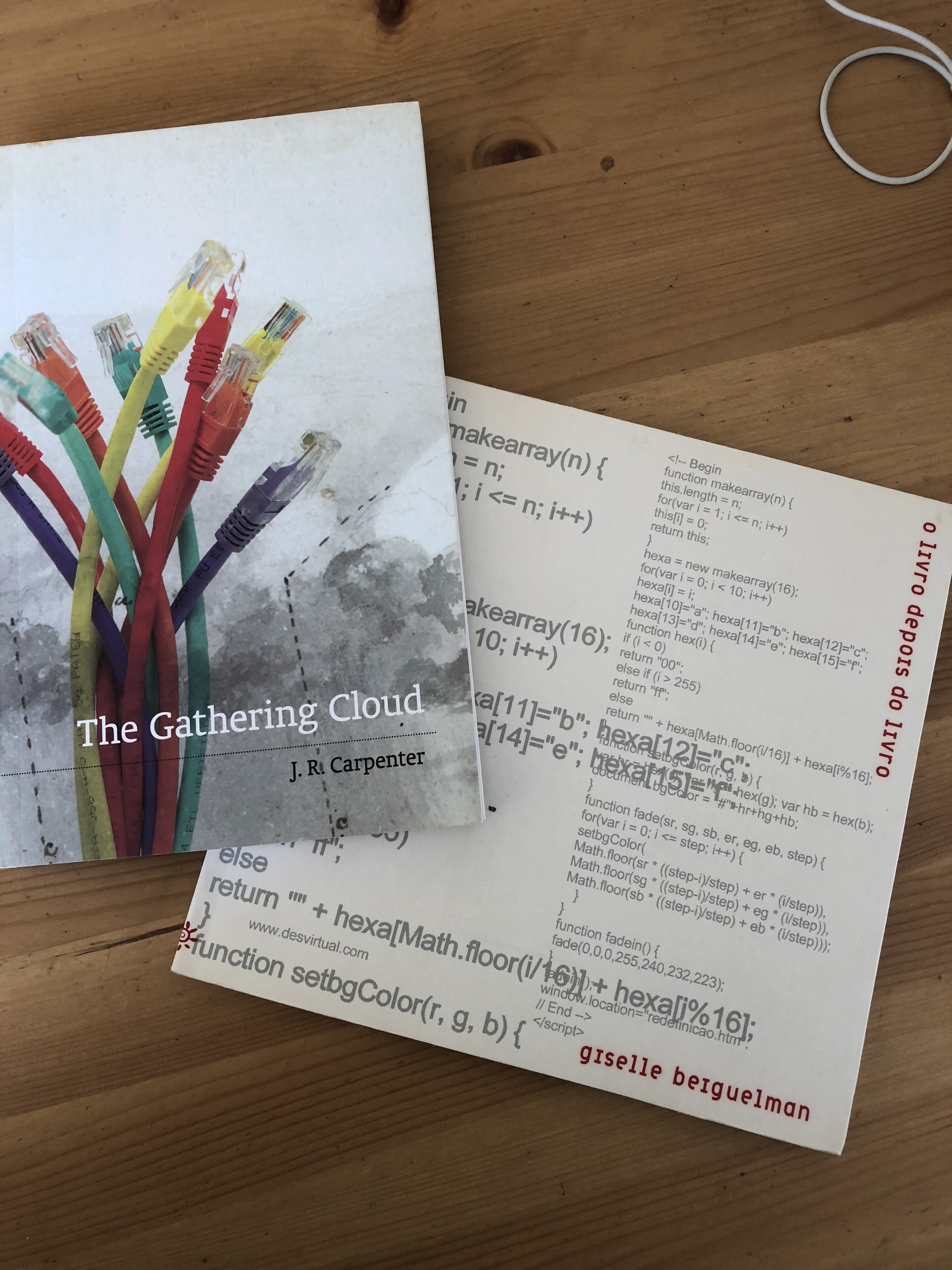
Despite the manifest presence of media hybridity in contemporary literature, there still exists a divide in the scholarly world between print and digital media in literary studies. My book addresses this divide through the discovery, collection, and physical examination of binding media. I particularly analyze the bespoke configurations of print and digital objects at the levels of text, book design and production, and technical compositions that serve as the binding mechanisms holding the work together. I look at binding media from four perspectives: as a development in the form of the book at the turn of the twenty-first century, through the publishing environments that yield such literary phenomena, as objects with embedded temporalities and life span that prompt a reconsideration of the methodologies of literary inquiry and, lastly, as a material hybrid substrate of cultural hybridity (see annotated table of contents below for details).
From a media archaeological perspective, I argue for the co-constitutiveness of print and digital in binding media, a feature that has implications for the contemporary form of the book and the publishing and media practices that yield works like these. The media hybridity of these works situates them at an intersection of the book and digital media industries and their operational timeframes (durability and rapid obsolescence). Because of their conflicting lifespans as cultural objects, binding media force a reckoning with the established institutional, industry, literary, and social imaginaries/practices that surround them. Ultimately, emerging once and again all over the American continent, binding media are not the product of an identifiable literary movement, but a recurrent trope precipitated by the increasing and uneven popularization of digital media in the last four decades. In this way, the works in the corpus of binding media can be seen as manifestations of, in Erkki Huhtamo’s words, “certain commonplace elements or cultural motives” despite their many variations, regions of production, and non-standardized status. The recurrent newness of binding media makes them subject to unstable and variable professional practices like preservation and conservation, cataloging, and teaching.
Throughout the book, I elucidate an ecology of shifting media practices specifically embodied in binding media. Because binding media are tethered simultaneously to two different media—one that has been long established and one that is in constant development—they lay bare the tension and congruence between them. The well- known argument that the introduction or dominance of a new medium produces changes in the entire media landscape proposed by scholars like Neil Postman in Technopoly: The Surrender of Culture to Technology (1993), N. Katherine Hayles in Writing Machines (2002), and others, guides the interdisciplinary approach I take to binding media. Binding Media charts the history of a contemporary and, seemingly, always transitional textual practice and its technocultural implications.
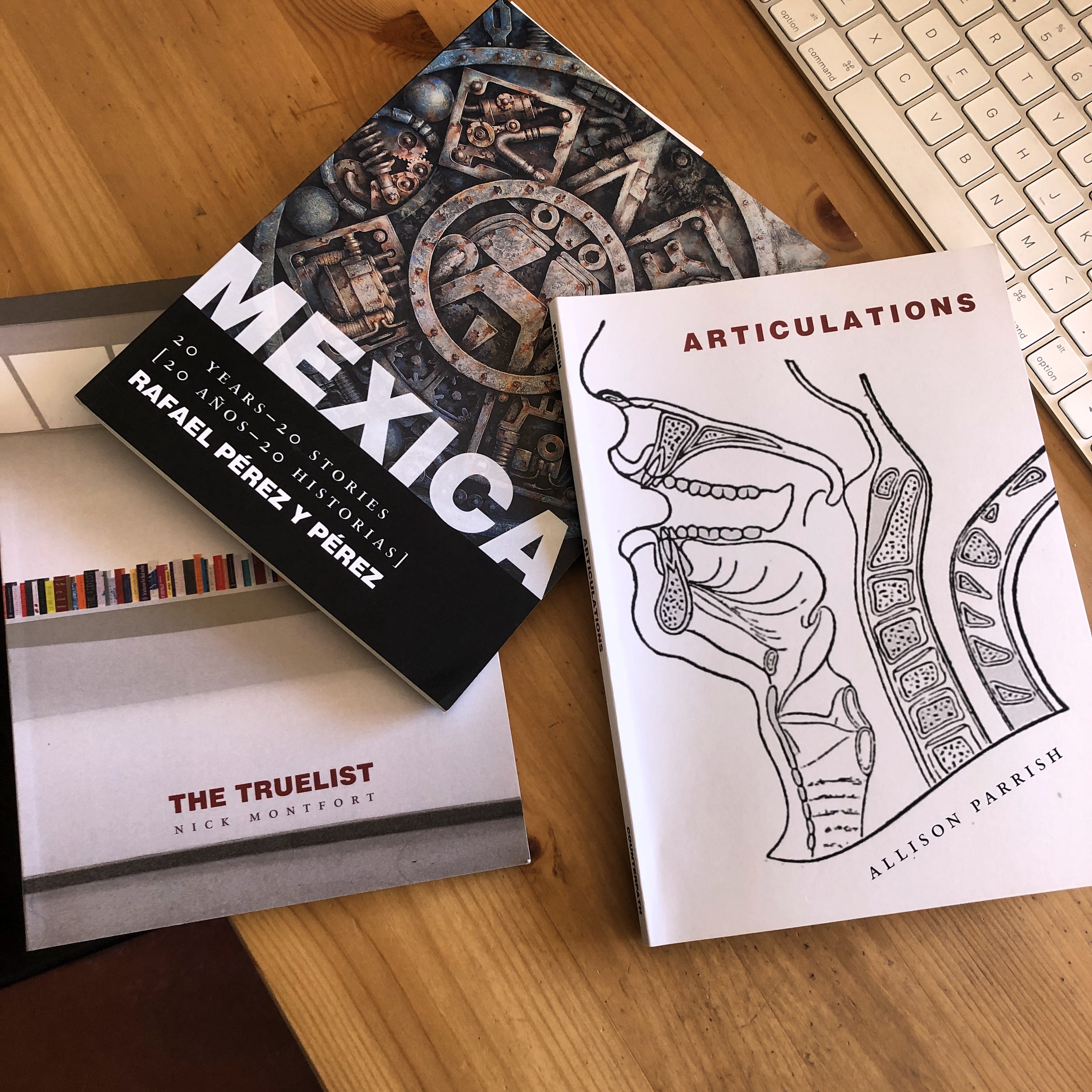

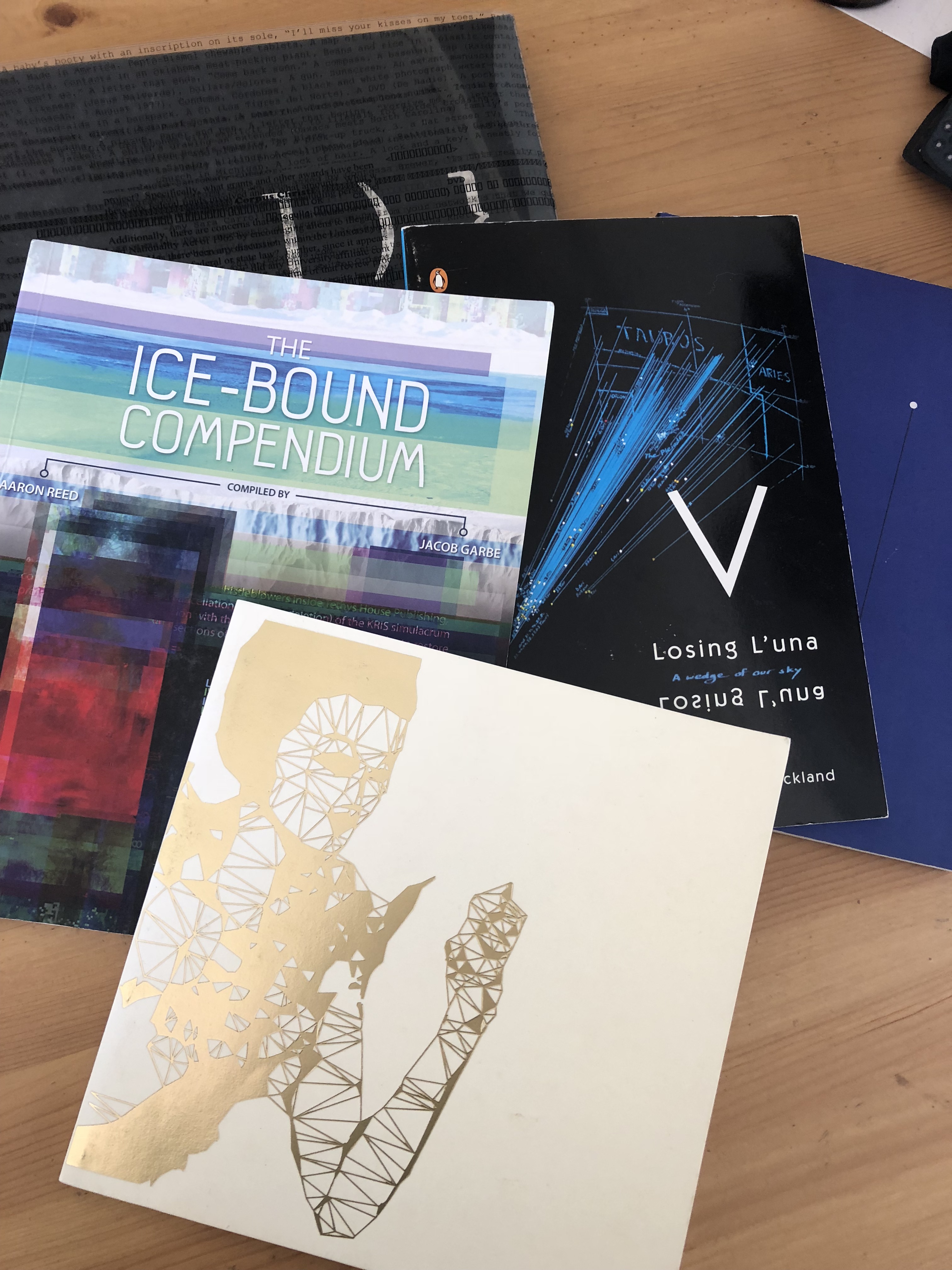
The hemispheric scope of the corpus in Spanish, Portuguese, and English, while limited by my own linguistic and literary expertise, makes Binding Media stand out among related works. Rather than focusing on a literary practice circumscribed to a circle of authors, I highlight multiple and very distinct contexts that operate within the Americas. By critiquing and expanding the Global North bias of scholarship devoted to book and media studies and digital literature, I’m able to investigate the effects of the overlap of print and digital media in literary creation, publication, and reading in a comparative fashion. My book, then, makes an important contribution to the fields of book and publishing studies, digital and electronic literature, and media archaeology and digital culture as I engage in a study that is comparative both of the media under analysis, and of the various contexts considered.
Table of Contents
Acknowledgments
Introduction
1. Binding Media: Negotiating (Un)Boundedness
2. From the Digital Revolution in Publishing to a Material History of Hybrid Books
3. Divergent Temporalities in Binding Media
4. Media Hybridity and Cultural Hybridity
Conclusion: From Computer-Generated Books to NFT Publishing
Appendix: Binding Media Corpus
Notes
Bibliography
Index